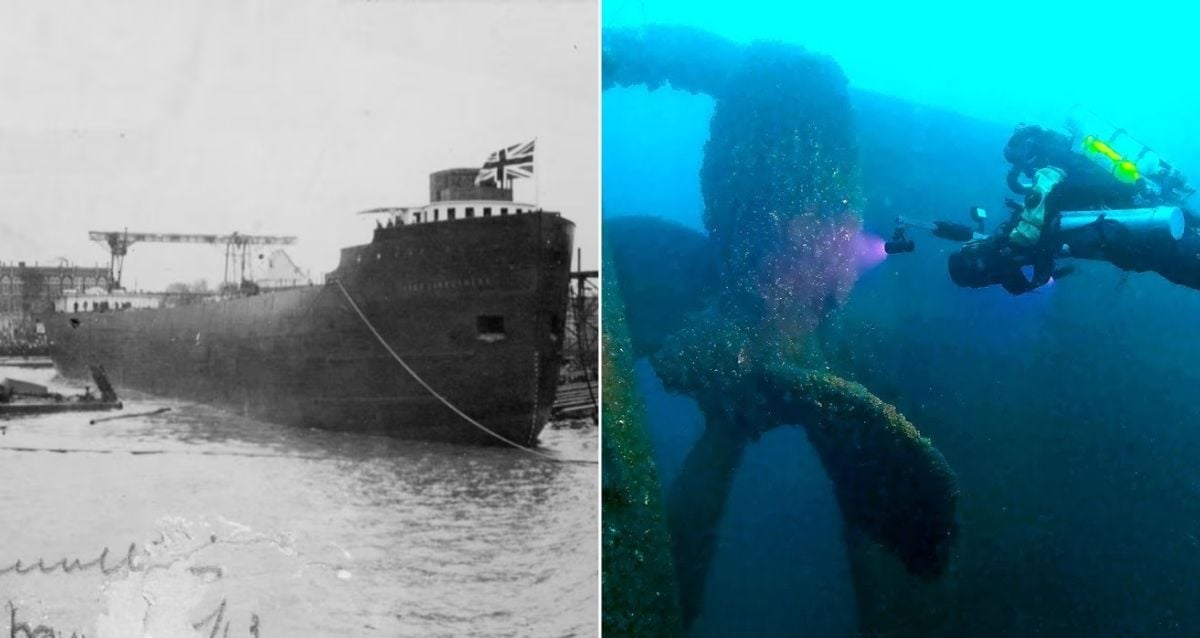Mysterious Medusa Urn Unearthed in Italy Could Rewrite Etruscan History Forever
So picture this: archaeologists, just doing their routine thing at the Palazzone Necropolis in Perugia, Italy, and bam—they stumble upon a 2,300-year-old urn with the snarling face of Medusa staring back at them. Now, Medusa’s not exactly your go-to gal for party favors—she’s the snake-haired Gorgon from ancient myth famously known to turn people to stone. But guess what? This urn didn’t hold any human remains. Nope. Instead, it cradled terracotta vessels, shaking up what we thought we knew about Etruscan funerary customs. Makes you wonder—was Medusa just a spooky decoration, or did she serve as some kind of supernatural bouncer, guarding more than just secrets? Grab your virtual helmet, because this discovery is reshaping history in ways you didn’t expect.
During routine conservation work at the Palazzone Necropolis in Perugia, Italy, archaeologists recently happened upon a 2,300-year-old urn bearing the image of Medusa, the snake-haired Gorgon of ancient myth.

Ipogeo dei Volumni e Necropoli del Palazzone – Pagina IstituzionaleThe recently uncovered Etruscan urn bearing the relief of Medusa.
Archaeologists at the Palazzone Necropolis in Perugia, Italy have uncovered an Etruscan urn bearing a relief carving of Medusa, the snake-haired Gorgon of Greek myth, that houses terracotta vessels rather than human remains.
This unusual discovery is now reshaping historians’ understanding of Etruscan funerary customs.
Uncovering The Unique Urn Emblazoned With The Fearsome Face Of Medusa
The urn was discovered at the Ipogeo dei Volumni, which is the hypogeum, or underground burial chamber, of the Volumnus family. This makes up one part of the Palazzone Necropolis, a vast collection of burials dating back to the Hellenistic period from the third century B.C.E. to the first century B.C.E.
The tomb features multiple chambers and once housed several elaborately inscribed urns, often made of travertine or stuccoed travertine. Some of these urns depict reclining figures at banquets or, in this case, symbolic guardians like Medusa.
However, the newly discovered urn bearing the likeness of this fearsome Gorgon has raised new questions about the nature of Etruscan burials and her role as a guardian.

Ipogeo dei Volumni e Necropoli del Palazzone – Pagina IstituzionaleA close-up of the relief and engravings on the urn found at the Palazzone Necropolis.
During routine conservation, specialists uncovered a travertine urn associated with an individual identified as Arnθ of the Acsi family. Photographs of the urn were shared alongside the announcement from the Palazzone Necropolis via Facebook.
The urn was of particular note due to its unique and elaborate carving: the grotesque visage of Medusa rendered in high relief and framed by an incised square of cursive Etruscan script.
Early estimates dated the piece to around the early phase of the hypogeum’s construction, around the third century B.C.E.
The urn’s surface is further adorned with stylized floral motifs and ritual disks known as paterae, typically reserved for elite burials. However, when conservators lifted the lid to inspect the urn’s contents, they were taken by surprise — and found that it contained no bones or ashes.
Why The Contents Of The Medusa Urn Only Deepen The Mystery
A lead sheet found inside the tomb mentioned the remains of Arnθ and possibly Larθi Caprti, yet the urn contained no human remains. Instead it contained three intact terracotta vessels — a cup (bicchiere) and two jugs (brochette) — made from undecorated orange paste and arranged deliberately.

Ipogeo dei Volumni e Necropoli del Palazzone – Pagina IstituzionaleThe urn’s contents: two clay jugs and a cup.
These discoveries challenge the assumption that this was a traditional burial. Rather, researchers believe it served as a cenotaph — a symbolic burial performed when the body was missing or buried elsewhere. This theory is supported by the presence of the Medusa motif.
In Etruscan-Italic funerary iconography, Medusa functioned as an apotropaic symbol, intended to ward off evil and protect both the contents and the tomb itself.
The prominence of her image on the urn suggests a symbolic purpose rather than just simple decoration, “a tangible sign of the choices made to accompany the deceased into eternity,” said Dr. Silvia Rossi, the site’s Director of Conservation, in the announcement. She further described the urn as “a precious piece that enriches the mosaic knowledge about the Palazzone Necropolis.”

Ipogeo dei Volumni e Necropoli del Palazzone – Pagina IstituzionaleThe vessels inside the urn, which do not contain human remains.
The urn and its terracotta contents have been moved to the site’s Antiquarium for further study. Material and organic residue analyses will determine the vessels’ contents and perhaps clarify whether they held ashes, libations, or other offerings.
Once analyses are complete, both the urn and its contents will be transferred to the National Archaeological Museum of Umbria for public display.















Post Comment